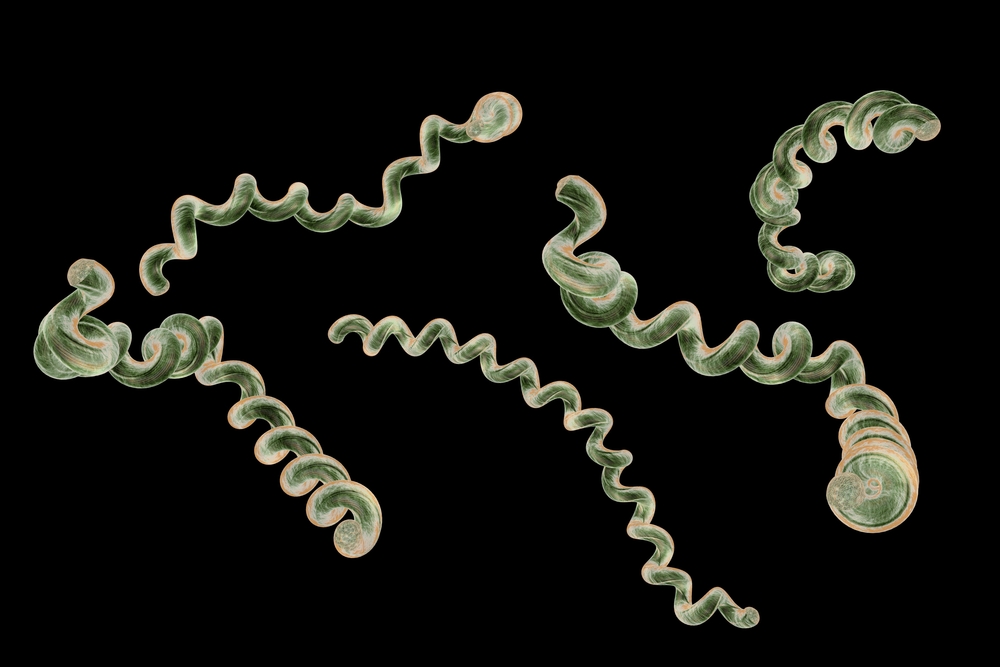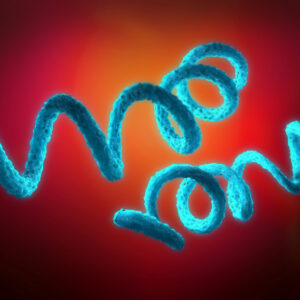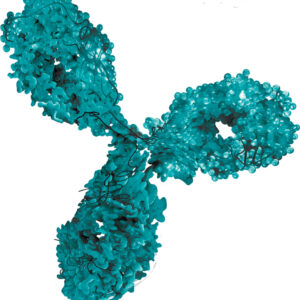BORRELIA BURGDORFERI CELLS, HEAT-INACTIVATED
Heat-killed Borrelia burgdorferi cells in dextran solution. Antigen is intended for use as a positive control in immunoassay development for Borrelia detection.
PRODUCT DETAILS – BORRELIA BURGDORFERI CELLS, HEAT-INACTIVATED
- Heat-killed Borrelia burgdorferi cells
- Part of the BacTrace® range of antigens and antibodies.
- Product is considered non-hazardous as defined by The Hazard Communication Standard (29 CFR 1910.1200).
- For immunoassay development or other applications.
BACKGROUND
Lyme disease is a multisystem disorder caused by three species of the tick-borne spirochete Borrelia burgdorferi sensu lato; namely Borrelia burgdorferi sensu stricto (United States and Europe), Borrelia garinii and Borrelia afzelii (Europe). The disease was first recognized in Lyme, Connecticut, United States in 1975, and Borrelia burgdorferi was described as the causative organism in 1982. However, the clinical manifestations of the disorder were previously described by Afzelius in Europe in the early 1900’s (Zouyan & Coburn, 2017).
Borrelia are loosely coiled, spiral, microaerophilic bacteria with 3 to 10 loose coils arranged in a helical shape. The cells contain at least seven periplasmic flagella that are responsible for the organism’s motility (Wormser, 2012). B. burgdorferi resembles other spirochetes in that it has an outer membrane and inner membrane with a thin layer of peptidoglycan in between. However, the outer membrane lacks lipopolysaccharide. Its shape is a flat wave. It is about 0.3 μm wide and 5 to 20 μm in length. It is a slow-growing microaerophilic spirochete with a doubling time of 24 to 48 hours. Borrelia burgdorferi sensu lato (or B. burgdorferi in the general sense) consists of 14 closely related genospecies. However, the human infection is caused primarily by three genospecies. In the United States, B. burgdorferi sensu stricto (B. burgdorferi in the strict sense), is the sole cause of the disease, whereas Borrelia afzelii and Borrelia garinii are the primary causes in Europe and Asia (Steere, 2015). Each of these genospecies is associated with different enzootic lifecycles and clinical manifestations. Borrelia afzelii is mostly associated with skin manifestations, whereas B. garinii is considered to be the most neurotropic and B. burgdorferi s.s. the most arthritogenic. These genospecies are associated with different vertebrate host species. Borrelia afzelii is associated with rodents, whereas B. garinii is associated with birds (van Duijvendijk et al., 2015).
REFERENCES
- Steere, AC. Lyme disease, in Rheumatology (Sixth Edition), 2015.
- van Duijvendijk, G., Sprong, H. & Takken, W. (2015). Multi-trophic interactions driving the transmission cycle of Borrelia afzelii between Ixodes ricinus and rodents: a review. Parasites Vectors 8, 643.
- Wormser, GP. Lyme Disease, in Goldman’s Cecil Medicine (Twenty Fourth Edition), 2012.
- Zouyan L & Coburn J. Lyme Disease, in International Encyclopedia of Public Health (Second Edition), 2017.




